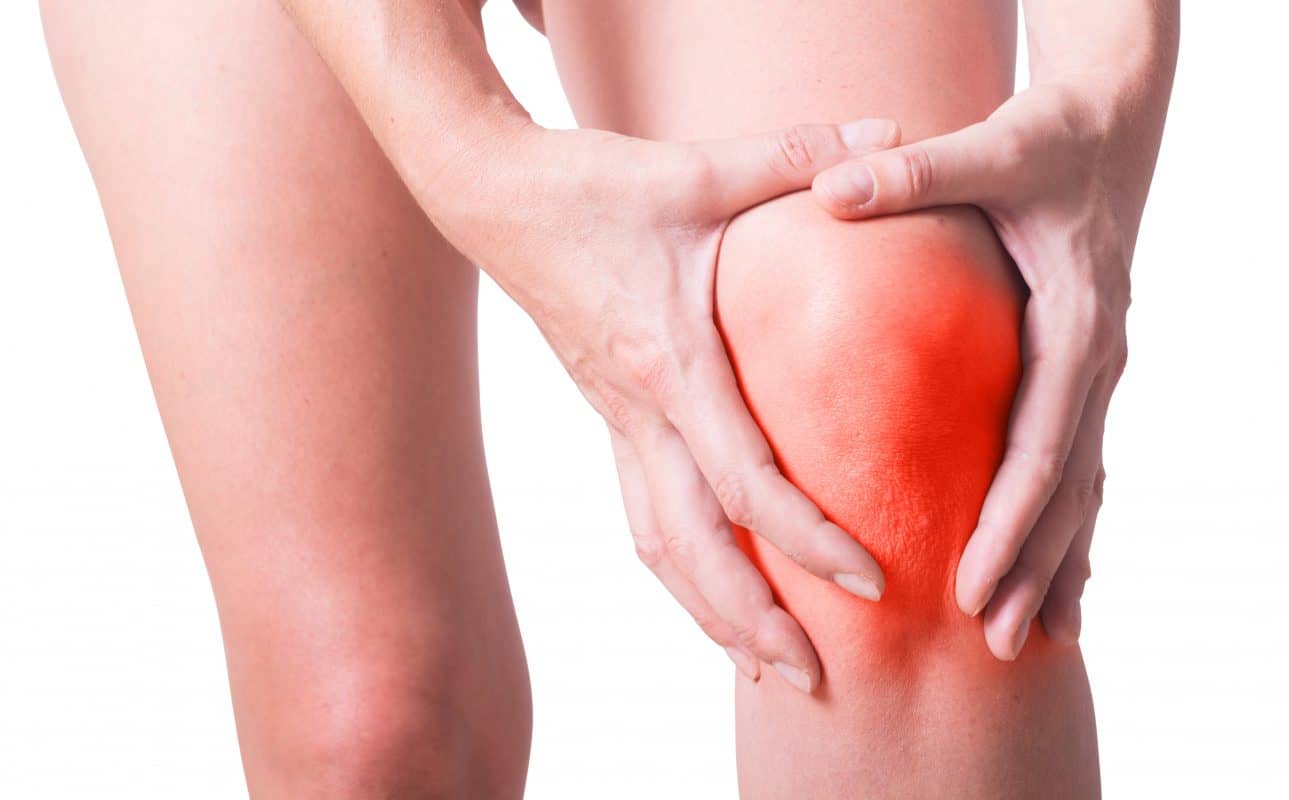Why is Knee Pain in NYC So Common?
January 07, 2021
Why is Knee Pain So Common Among New Yorkers?
Knee pain inflicts over 20% of the adult population, and the numbers are trending upward. Studies point toward a rise in obesity as a potential impetus for the growing number of knee pain patients. But knee pain in children is also on the rise, with studies linked more to injuries from year-round sports at an earlier age and an increase in autoimmune diseases. So, the answer for why knee pain is becoming more and more common is multifactorial. It’s a combination of inactivity and obesity, and paradoxically, overexertion; plus an increasing number of conditions that cause inflammation.

One thing that’s clear? Knee pain in NYC is a prevalent affliction that spares no demographic. Perhaps nowhere is it more of a burden than a bustling city like New York. Contending with knee pain while navigating the busy streets of Manhattan is an exercise in frustration. But, take heart. The doctors at Pain Treatment Specialists have new solutions for this age-old problem, and thankfully, they work wonders.
What Are the Most Common Causes of Knee Pain?
If someone asked you to name the largest part of the body, the knee wouldn’t spring to mind. While it’s true that the knee is small in size, it houses the largest joint. And it’s a good thing, since the knee joint supports our full body weight. The knee is a hinge joint, enabling movement from side to side, back and forth, as well as twisting and turning.

The knee’s structure is a delicate combination of ligaments, tendons, muscles, cartilage, bone, nerves, and cushioning sacs. Any one of these parts can cause knee pain. What’s more, leaving one type of knee pain untreated can trigger an additional type of knee pain. Things like Bursitis can lead to Osteoarthritis when ignored. It’s pointless to try and self-diagnose knee pain, since many conditions share similar symptoms. Seek answers from a board-certified pain doctor who will use advanced tools to diagnose you. Here are some common reasons you might have knee pain.
- Osteoarthritis
- Rheumatoid Arthritis
- Patellar Tendinitis
- Bursitis
- Iliotibial Band Syndrome
- Patellofemoral Pain Syndrome
- Osgood-Schlatter Disease
- Sports knee injury
- Gout
- Osteochondritis Dissecans
- Chondromalacia Patellae
- Meniscus tears
- Torn ligament(ACL, PCL, MCL, LCL)
- Dislocated kneecap
- Baker’s Cyst
- Cancer
- Plica Syndrome
- Fracture
What Are the Most Common Knee Pain Symptoms?
One of the most confusing things about knee pain is that similar symptoms can mean very different things. For instance, pain and swelling are common in mild arthritis, as well as a life-threatening dislocation. Fortunately, there are a few warning signs to indicate when pain needs urgent treatment. Talk to your pain specialist to discover what your symptoms mean.
The asterisk (*) signifies red flags that require immediate care.
- Pain when moving
- Pain following inactivity
- Popping or cracking sound when moving
- Redness
- Warmth
- Tenderness when touched
- Swelling
- Bruising
- Stiffness
- Limited mobility
- Fever *
- Immobility*
- Inability to bear weight *
- Inability to bend the knee *
- Severe, shooting pain *
- A protrusion or deformity*
- Progressive swelling or bruising*
- Popping or cracking sound during impact or injury *
What Are the Most Common Risk Factors for Knee Pain?
Certain risk factors for knee pain are unique to the condition. For example, autoimmune diseases might run in your family, or develop after a significant illness or life event. But there are several risk factors that commonly cause knee pain in people from all walks of life. Here are some risks to avoid to prevent future knee pain.
- Prolonged repetitive movement
- Being overweight
- Lack of exercise
- Overexertion
- Poor posture or improper stride
- Frequent jumping (basketball, volleyball)
- Heavy lifting
- Kneeling activities like gardening and flooring work
- Age (Some conditions increase with age while others target the young.)
- Smoking
- Sitting or standing for extended periods
- Improper shoes
- Foods and medicines high in Uric Acid
- Problems with the leg or spine that affect your stance or stride
What Are the Common Complications of Untreated Knee Pain?
Left untreated, knee pain creates various complications. As mentioned earlier, one type of knee pain can actually create a secondary knee problem when you don’t address it. Complications of severe injuries like fractures and dislocation extend beyond the knee and can even be fatal. Working with a qualified doctor and tackling knee pain promptly are the keys to avoiding these possible complications.
- Immobility
- Infection
- Nerve damage
- Fracture
- Vascular and neurological issues
- Locked knee
- Deep Vein Thrombosis
- Development of Osteoarthritis
- Knee replacement surgery
- Depression or anxiety
- Weight gain
- Chronic knee pain
- Irreversible damage
- Work absenteeism (lost wages)
What Are the Most Common Solutions for Knee Pain?
Knee pain is difficult for some primary care doctors and orthopaedic surgeons to treat, since they’re only trained to perform surgery or prescribe narcotics for pain. Neither of these options is the best treatment for knee pain for most patients. In addition, many doctors lack the time and diagnostic tools to make a conclusive diagnosis. Instead, they try a treatment, hoping that it will work.
But the doctors at Pain Treatment Specialists in NYC completed fellowship training at Ivy League schools in interventional pain relief. Our team has advanced methods to find the source of your pain, including fluoroscopic guided imagery and targeted injections. We don’t use narcotics or surgery. Instead, we use groundbreaking, minimally-invasive procedures to treat your pain where it originates.
Our patients achieve immediate relief, often with a single treatment. Don’t just try the common pain remedies offered by a primary care doctor. Try the interventional treatments that actually work, without the risks and side effects. Schedule your treatment at our clinic for knee pain in NYC, located near the Chrysler Building. Here are some of the treatments we offer for your pain.
- Genicular Nerve block
- Radiofrequency ablation of the Genicular Nerve
- Fluoroscopic-guided injections
- Corticosteroid injections
- Platelet Rich Plasma Therapy
- Viscosupplementation
- Electrical stimulation (TENS)
- Exercises with a physical therapist
- Knee braces and shoe orthotics
- Non-steroidal anti-inflammatories
- Antibiotic injections
- Lubricant injections
Book a Consultation
Scheduling a consultation with one of our pain treatment specialists is one of the best ways to determine the proper solution for pain relief.














